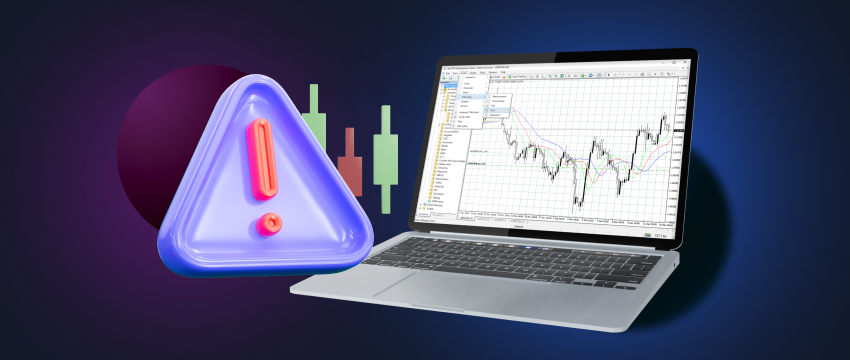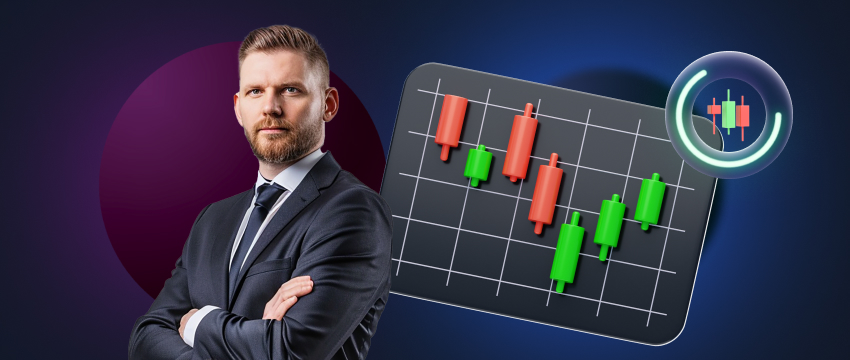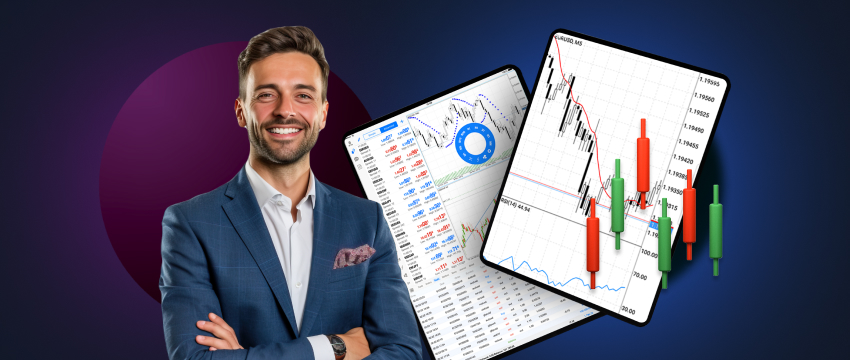Forex trading holds universal appeal, with some 10 million forex traders in the world today. Despite its popularity, trading forex does come with a significant amount of risk, even for the most experienced trader.
Knowing how to identify what those risks are and then managing them effectively is crucial to increase ones potential for success and to protect ones capital. In this article, we’ll be looking at some of the biggest risks in forex trading.
Biggest risks in forex trading
1. Unpredictable market volatility
The forex markets are notorious for the level of volatility they exhibit. Operating 24/5 across several time zones means that prices can change unexpectedly for a variety of reasons. Let’s investigate these further.
Factors like war, civil conflicts, elections, pandemics, natural disasters, corruption, trade disputes, and more, can have a dramatic and often times unpredictable impact on currency values.
For example, according to CNN, the Russian ruble “collapsed in the immediate aftermath of Russia’s full-scale invasion of Ukraine in February 2022, dropping as low as 136 to the dollar in March 2022”. Another example is the British pound plummeting to a 31 year low following the 2016 Brexit vote.
Neglecting to monitor or manage market-moving events can lead to significant capital losses for traders.
T4Trade’s Economic Calendar
Economic news releases tend to have a significant impact on forex markets too. Particularly those releases related to employment rates, interest or inflation rates, GDP, trade balances. One of the ways traders can better manage the impact of releases is by utilsing an Economic Calendar.
For example, T4Trade’s Economic Calendar is more than just a static chart or preview. Instead, it provides real-time economic coverage enabling traders to track and react to potential market-moving events. Being better prepared enables a trader to make more accurate trading decisions.
Volatility in the forex market
Another cause of volatility in the forex market is investor sentiment. Sentiment reflects an investor’s perception or expectations, influenced by news reports, economic releases, and overall investor confidence. Investor sentiment may also lead to a type of herd mentality that may cause aggressive price swings.
Effective risk management techniques largely mitigate the risk arising from market volatility. This includes stop-loss or take-profit orders, trailing stops, portfolio diversification, strategic position sizing, etc.
2. High leverage
Leverage is a double-edged sword because while it can amplify the wins by allowing a trader to open larger positions with limited capital, it can also magnify losses exponentially if mismanaged. So what exactly should a trader be mindful of when opting to use leverage?
One risk management technique involves maintaining a minimum margin level when using high leverage. If the market turns adversely, the broker may issue a margin call, requiring additional funds to keep the trade open. Failure to meet the margin call may result in the broker closing the position to restore the account to the minimum required balance.
Secondly, high leverage may also cause traders to overtrade, by executing more trades that they can manage efficiently. This may lead to emotive trading (out of greed, arrogance, or even FOMO) or increased errors, compounding losses. To mitigate the risk that leverage imposes, a trader should at a bare minimum exercise caution or restraint in regards to the amount of leverage they choose to use.
In fact, before making the decision to use leverage, traders should first study everything they can about it, thereby having full awareness of the risk it imposes going in.
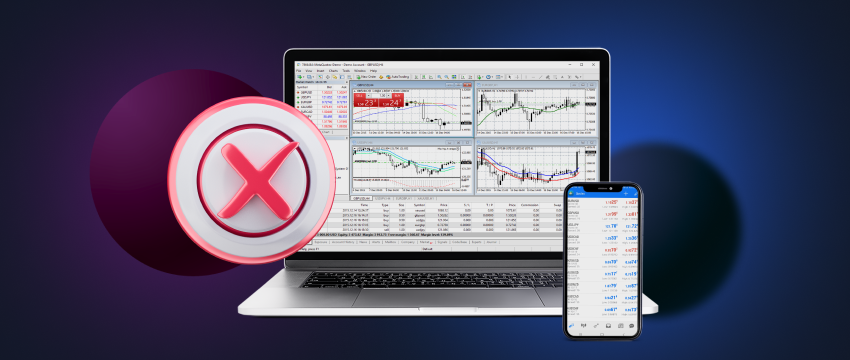
3. Unexpected changes in interest rates
Central banks largely regulate interest rates, which significantly influence currency prices. Interest rate changes can have a significant effect on the foreign exchange market, frequently leading to abrupt and dramatic changes in exchange values.
Central banks adjust interest rates to manage inflation and stimulate economic growth, with unexpected rate changes causing notable currency fluctuations.
Additionally, interest rate differentials between countries influence forex trading strategies, such as carry trades, where traders borrow in low-interest currencies to invest in higher-rate ones. Sudden interest rate changes can disrupt these strategies, leading to rapid shifts in currency values.
To better manage the risk of unanticipated shifts in interest rates, traders should monitor central bank announcements to keep informed. They should also track economic indicators that could potentially result in unanticipated interest rates decisions, as well as economic trends across the globe.
Finally, implement hedging strategies to mitigate exposure to interest rate risk is another risk management tool.
4. Low liquidity
Liquidity pertains to how quickly an asset can be bought or sold without altering its price. In the forex market, liquidity levels differ widely based on the currency pair, time of day, and prevailing market conditions. Low liquidity exposes traders to a wide range of hazards.
One is larger spreads, which may have an effect on trading expenses and earnings. Another is slippage, in which trades are carried out at unexpected prices and may result in a loss of capital. The third challenge is getting out of trades at the prices you want to, particularly for longer positions or during off-peak hours.
Furthermore, market manipulation may also result from limited liquidity. Avoiding off-peak trading times and giving priority to major currency pairs with greater liquidity and, consequently, higher trading volumes over, say, exotic pairs that are notorious for their low liquidity and volatility are some strategies to lessen the risk associated with low liquidity.
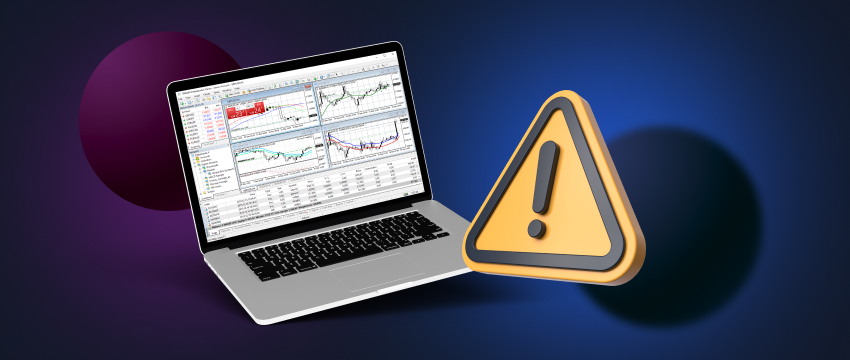
Other ways to manage forex trading risk
Increasing your potential for successful trading outcomes requires honing your trading skills continuously and engaging in ongoing learning.
One of the most practical and effective ways to boost your skills is by signing up for a demo trading account, giving you access to a virtual trading environment in which to practice trading. The demo account allows you to use virtual funds to enter and exit trades, ensuring you don’t put your own money at risk while you build up capabilities. You can execute different trading strategies to measure outcomes and make adjustments to your trading plan to maximise your potential for making a profit.
As far as ongoing learning is concerned, this refers to keeping ahead of current trends and new technologies, and ensuring your scope of knowledge in respect of forex trading fundamentals is up to date. There are many ways to acquire a trading related education, particularly with the number of resources available online. T4Trade’s Academy is one way to gain access to crucial forex trading insights. The academy offers a variety of podcasts, webinars, ebooks and videos on demand.
T4Trade also has a great blog that covers a massive range of trading related topics. T4Trade’s Live TV provides insightful trading commentary by a team of expert analysts and researchers too.

Why become a T4Trade forex trader?
T4Trade has become a widely renowned and sought after forex broker among traders across the globe. This may be attributed to a variety of factors, such as its top-tier, award-winning service offering, flexible trading, exceptional trading related learning resources and an excellent multilingual customer support team who are on hand 24/5 to answer many of your challenging questions.
In addition, T4Trade offers competitive spreads, flexible leverage, fast and easy withdrawals and deposits, and quick execution of trades. Traders can also choose from multiple account types. These have been designed to cater to all types of traders, from beginners to seasoned veterans. T4Trade’s MetaTrader 4 trading platform is a global hit, appealing to traders worldwide because of its advanced trading tools, user-friendliness, and ease of navigation.
Clause de non-responsabilité : Ces informations ne sont pas considérées comme des conseils ou des recommandations d'investissement, mais plutôt comme une communication marketing.
